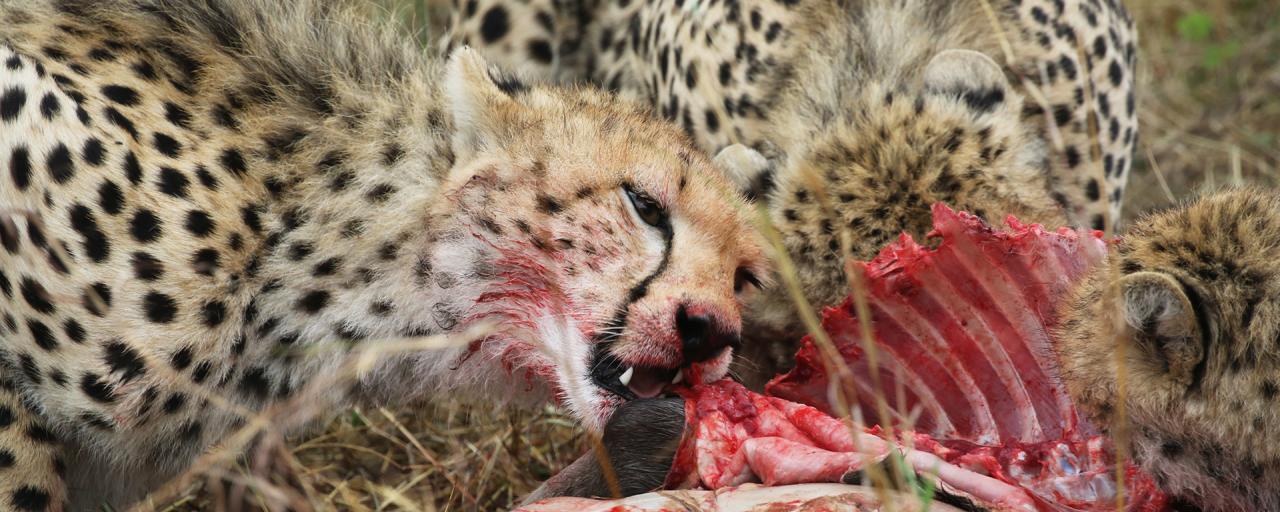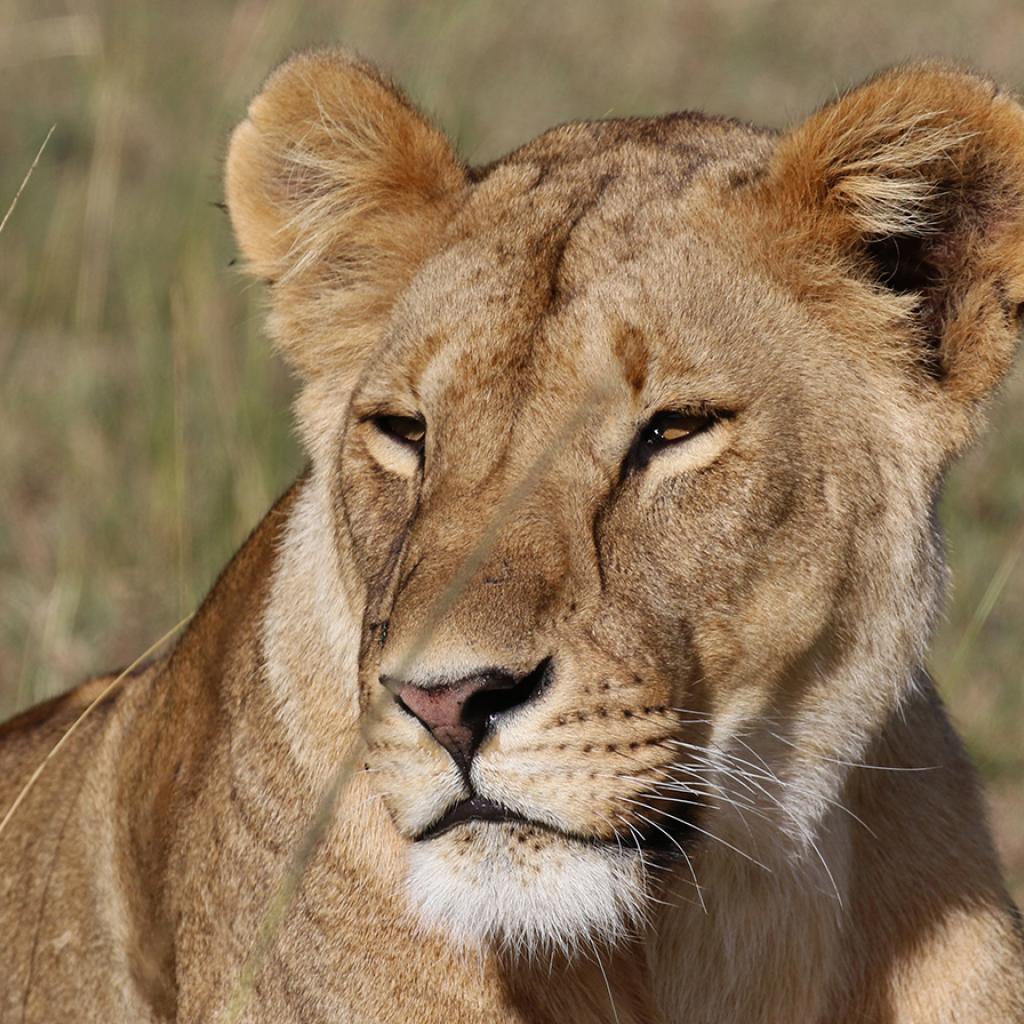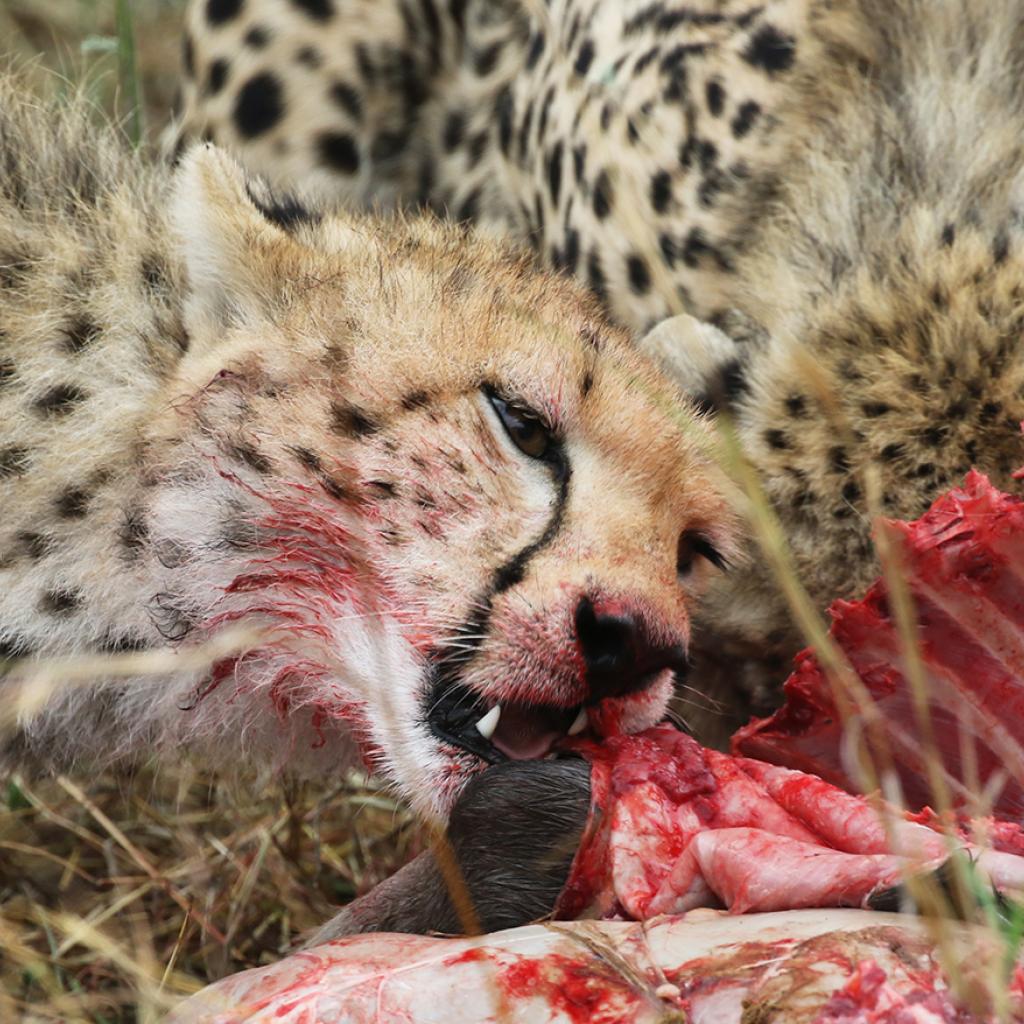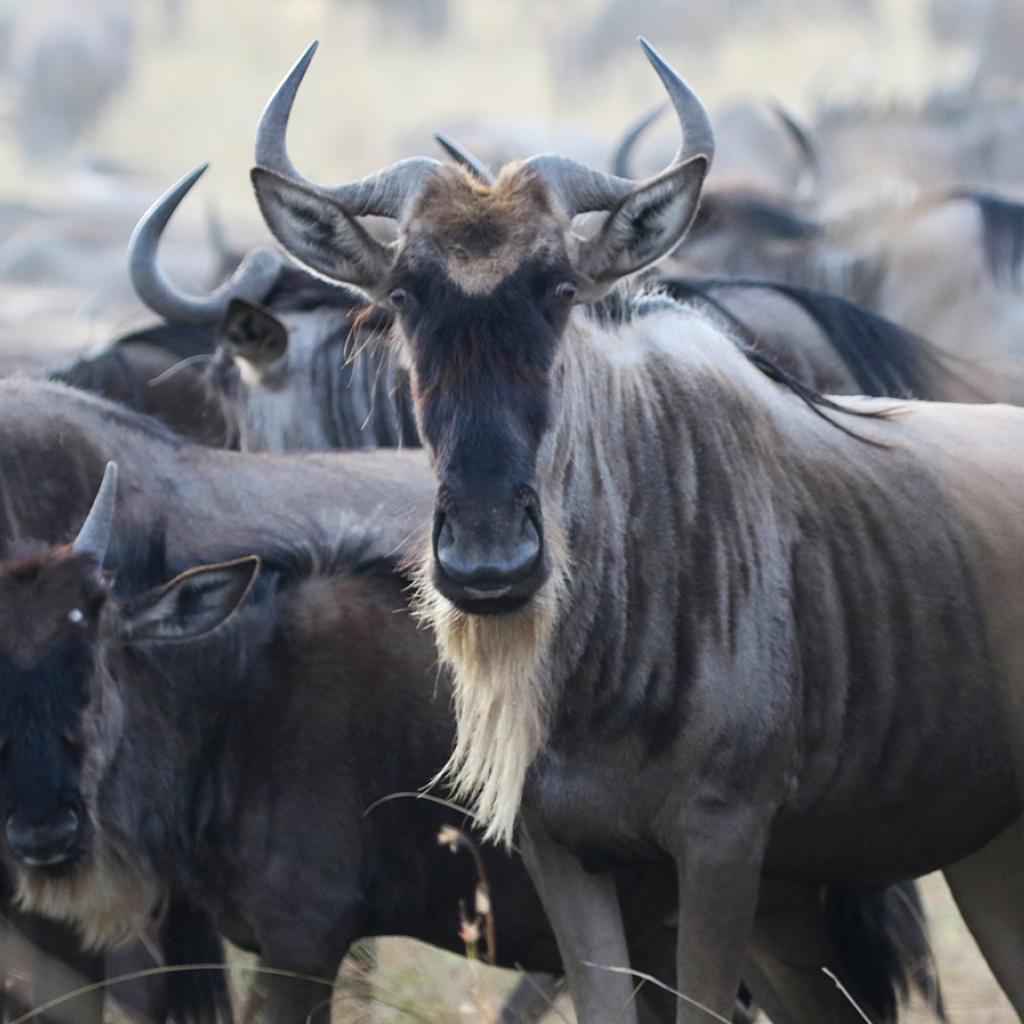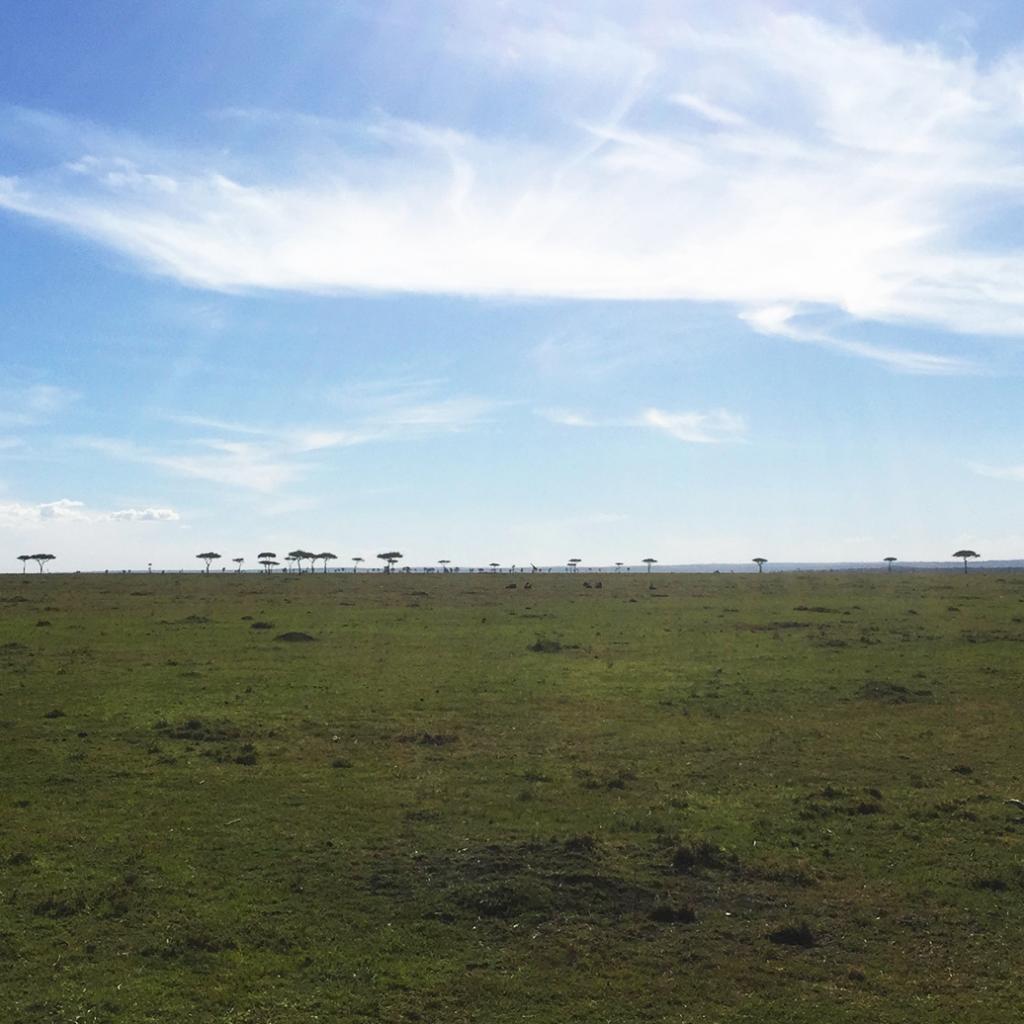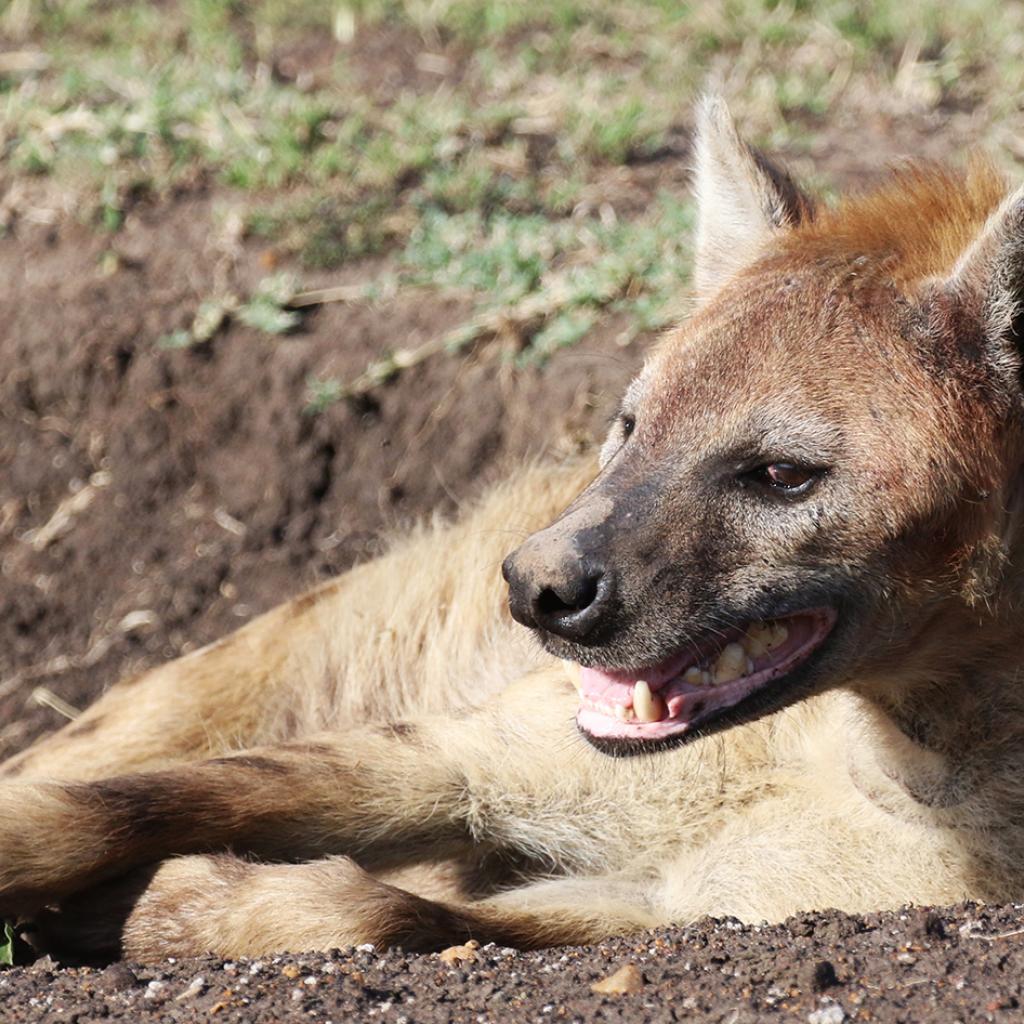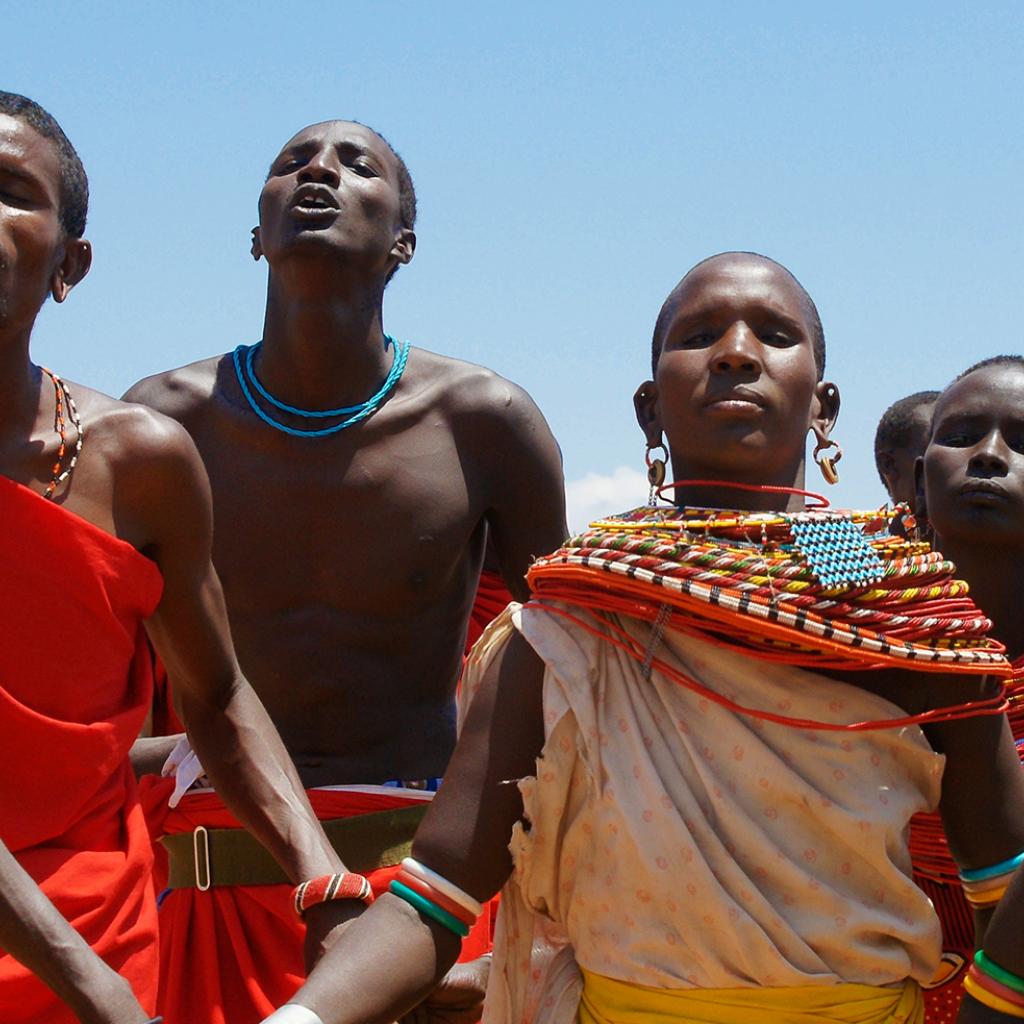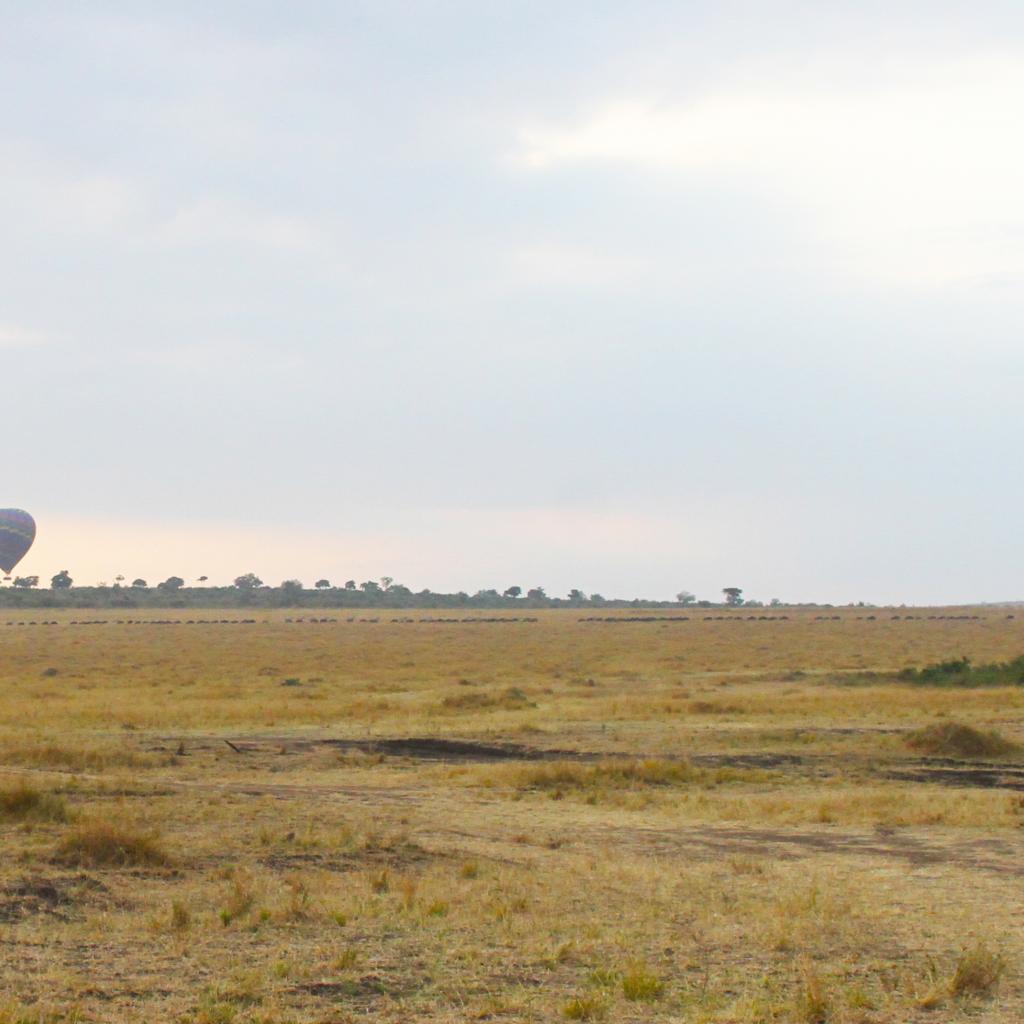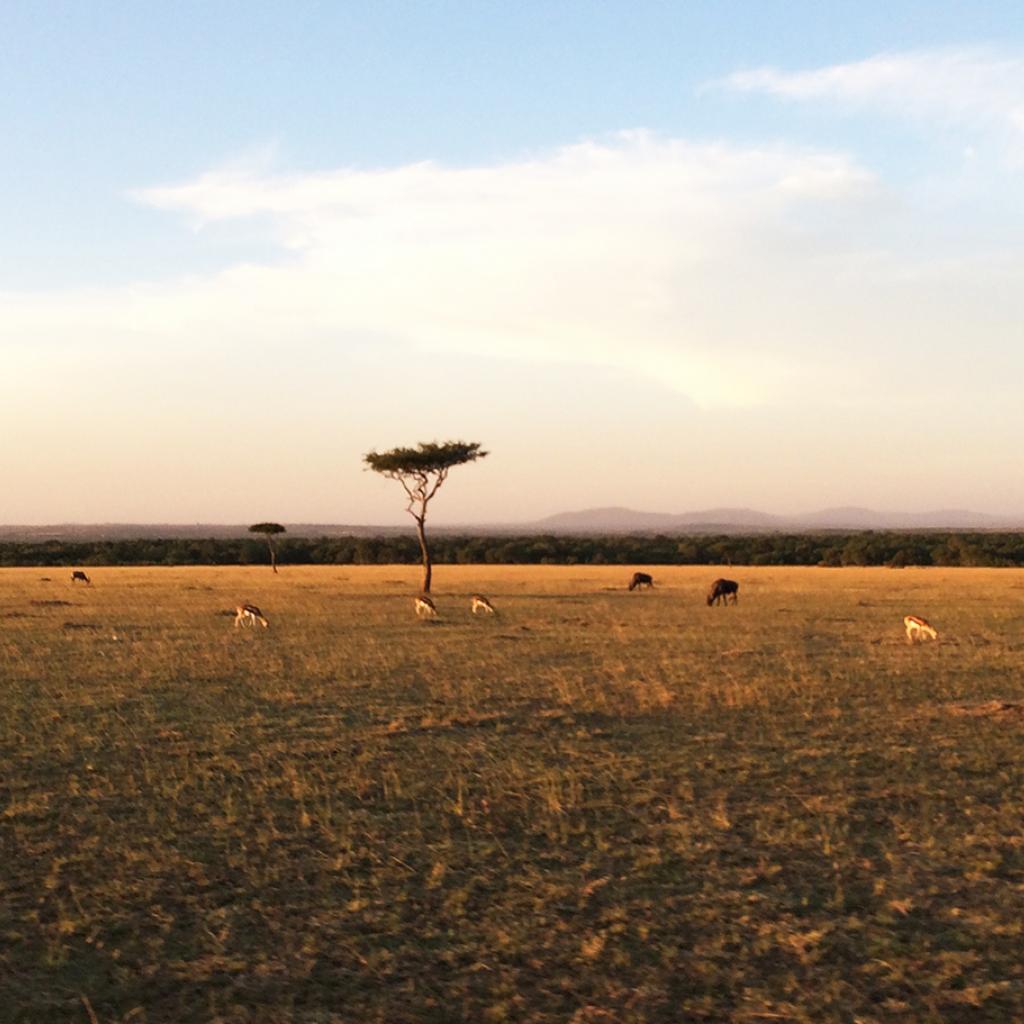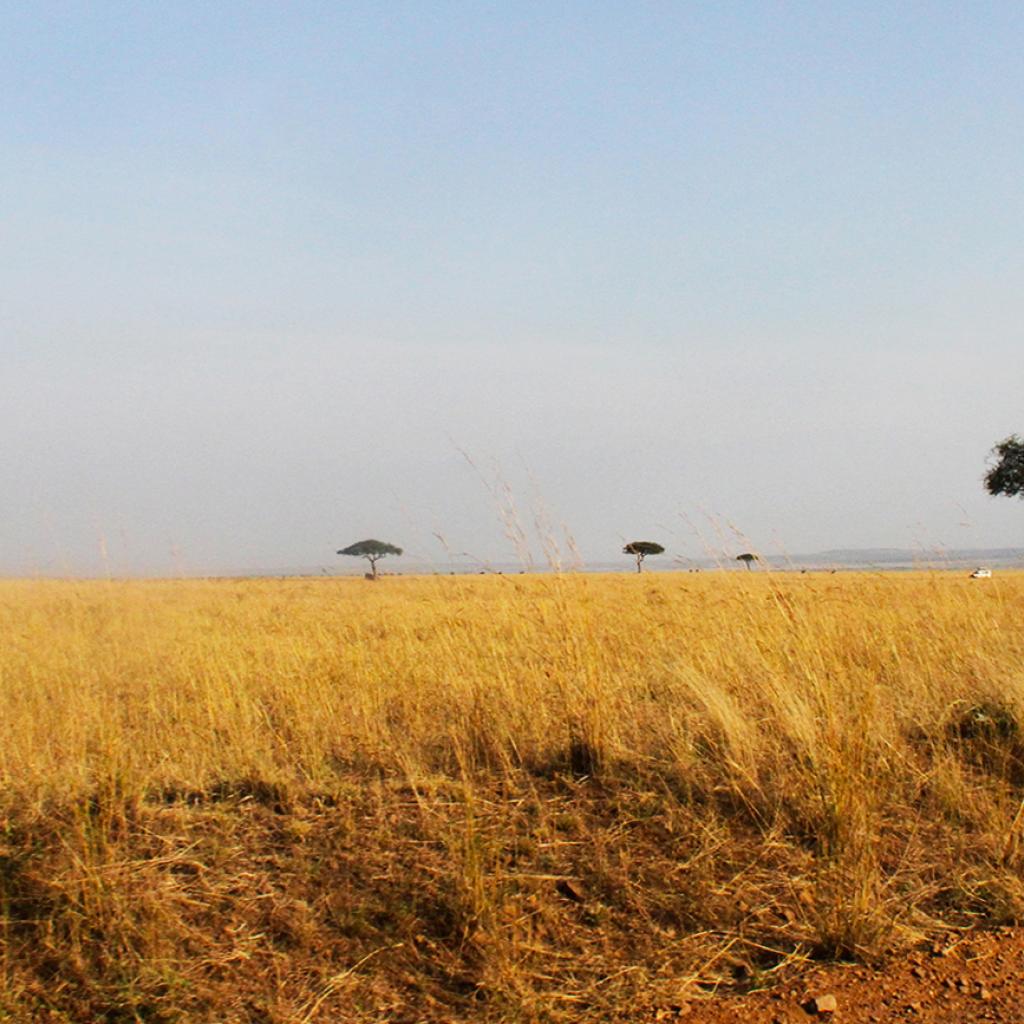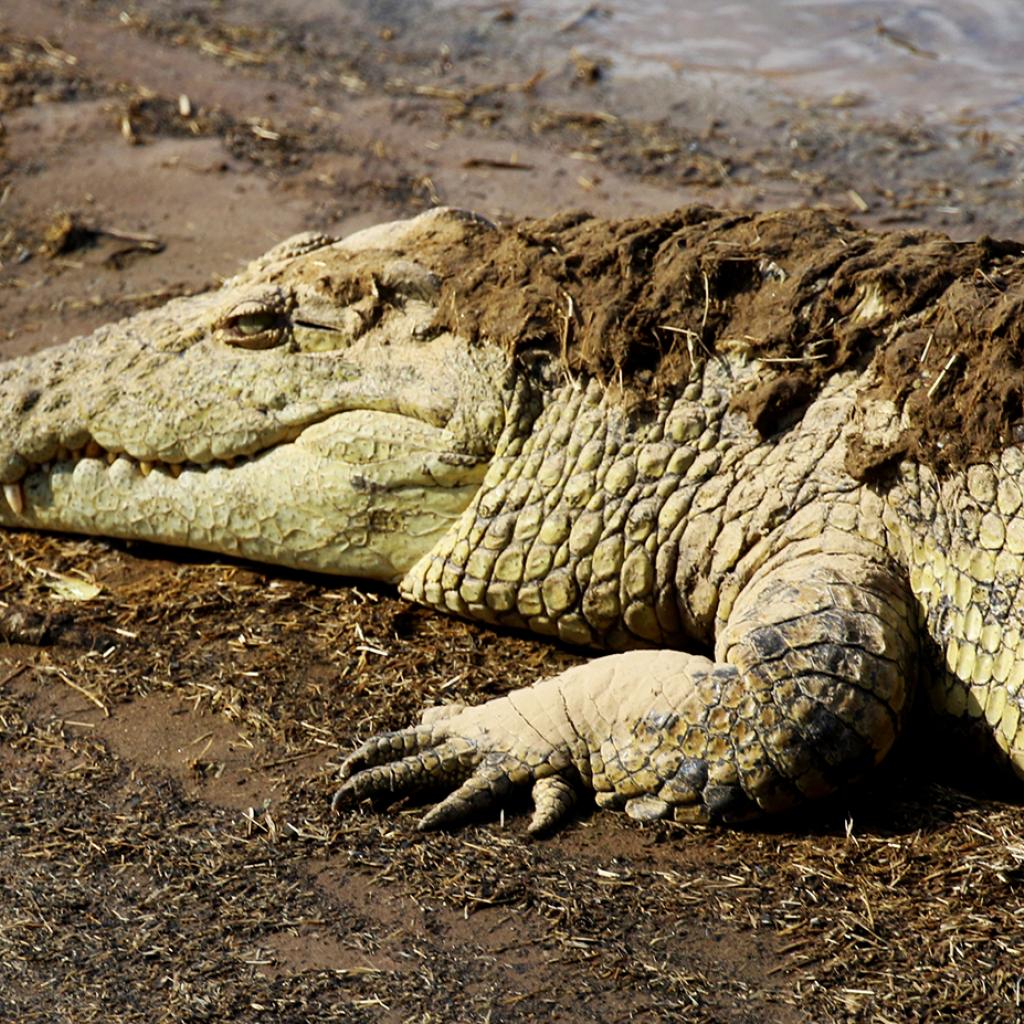Like in the neighbouring conservancies, at the Masai Mara National Reserve the presence of animals is amazing, both in numbers and variety of species, which makes a safari here a truly unforgettable experience.
Most visitors come here during the months of the Great Migration, from July to October, that is undoubtedly an interesting and exciting event well worth a visit; the plains are crowded by herds of wildebeests and zebras and other herbivorous and predators that gather here because of the high number of potential preys.
Many animals reside here all year round, however, and a visit in another period of the year allows to move around the National Reserve without the crowd that is inevitably present in the months of the Great Migration; it is also little known that another wildebeests migration occurs in addition to the Great Migration: the Migration of the Loito Hills.
Some herds of wildebeests do not move to the South of the Serengeti National Park, but go up to the North, in the Loito Hills and the surrounding area; here you can spot them mainly in Naboisho Conservancy and Olare Motorogi Conservancy.
In the Masai Mara Reserve live 95 species of mammals and 570 species of birds; an impressive number, making this area an unique destination for game safaris, one of the best places in the entire Africa.
In the ecosystem of the Great Masai Mara there is the highest concentration of lions of the entire African continent, about 400 specimens between National Reserve and Conservancy; there are many herds of elephants and all the other Big 5: leopards, African or Cape buffaloes and black rhinos.
You need a good amount of luck to spot the black rhino, because there are very few of them and also they are very shy and tend to hide or to move away when approached; they live predominantly in a remote area covered with dense bushes.
The small number is the result of the intense poaching suffered by these animals in the 1970s and 1980s; even today they are still victims of this massacre though luckily to a lesser extent; the problem is that this species has a reproduction cycle longer than other species and therefore it is more difficult to recover and increase the number of specimens in a short time.
Wherever you go you can easily spot many species of mammals including: the herds of Burchell's zebras, wildebeests and impalas, usually hidden in the bushes; the elands with their straight horns and dewlap; the reclusive Kirk’s dik- diks, Thomson gazelles, Grant gazelles, Maasai giraffes, usually found in the vicinity of acacia woodland, the topi antelopes always alert, it is quite common to spot some specimens intent to scan the horizon, often perched on small bumps of the ground, the Cape buffalos, the waterbucks that, as the name suggests, are always found near swamps and marshes, the timid kudu who prefer hiding in the bushes, the common duikers, the reedbucks, the roan antelopes, the Coke hartebeests, the oribis, large groups of green baboons, the omnipresent vervet monkeys; entire families of warthogs intent on digging with their powerful fangs in search for food or running with their tails straight up.
The predators that can be seen are: leopards, spotted hyenas, cheetahs, black-backed jackals, striated jackals, ocelots, caracals and bat-eared foxes, the latter are easier to spot in the private reserves while they are almost absent in the Masai Mara National Reserve.
While the most difficult predators to be spotted in the Great Masai Mara Ecosystem are the wild dogs who, unfortunately, are basically extinct in the region, only one or two herds have survived; it is almost impossible to see them, not only for the restricted number but also as these canines usually cover a very wide area.
In perennial rivers, such as Mara and Talek, in the water or on their sandy shores and beaches, there is a huge number of enormous hippos and of Nile crocodiles.
In addition, the Masai Mara National Reserve and the neighboring private reserves are a paradise for bird watchers, here there are in fact about 570 species of birds and the best time to observe them is when there are also species that migrate here from Europe, in the months from November to April.
Common ostriches, guineafowls, turacos, southern ground hornbills, different and colorful species of weavers, bee-eaters, beautiful and skilled kingfishers, gray crowned cranes, rollers, bustards, various species of storks, are only some of the species that can be seen more commonly.
There are 57 species of birds of prey, in particular: different species of vultures, marabou storks, secretary birds, pygmy falcons, augur buzzards, different species of eagles, like the fish eagle, the tawny eagle, the steppe eagle, the long crested eagle; there are also several species of nocturnal predators including several species of owls.
In January and February, they experience the births of puppies of many species of herbivorous, especially wildebeests’; it's exciting to witness such an event, the newborn already hold up and after a few minutes they are even able to run.
In January and February it’s the calfing season for many species of herbivorous, especially wildebeests’; it's exciting to witness such an event, the newborn already hold up and after a few minutes they are even able to run.
Births inevitably attract many predators, including lions, leopards, hyenas, cheetahs, jackals and vultures, seeking to take advantage of the moment to hunt; it is common to harrowing and gruesome scenes but nature is also this.


